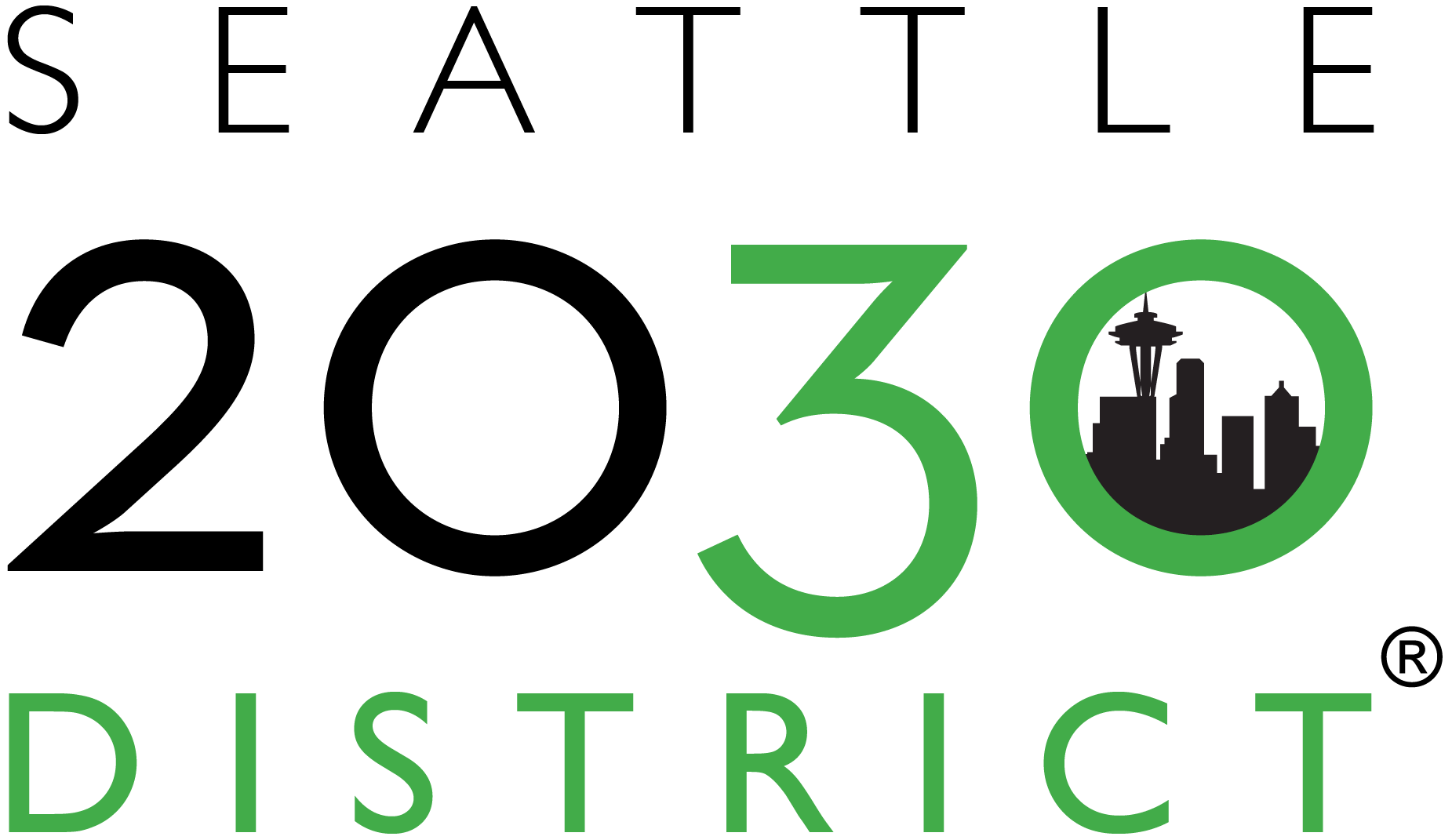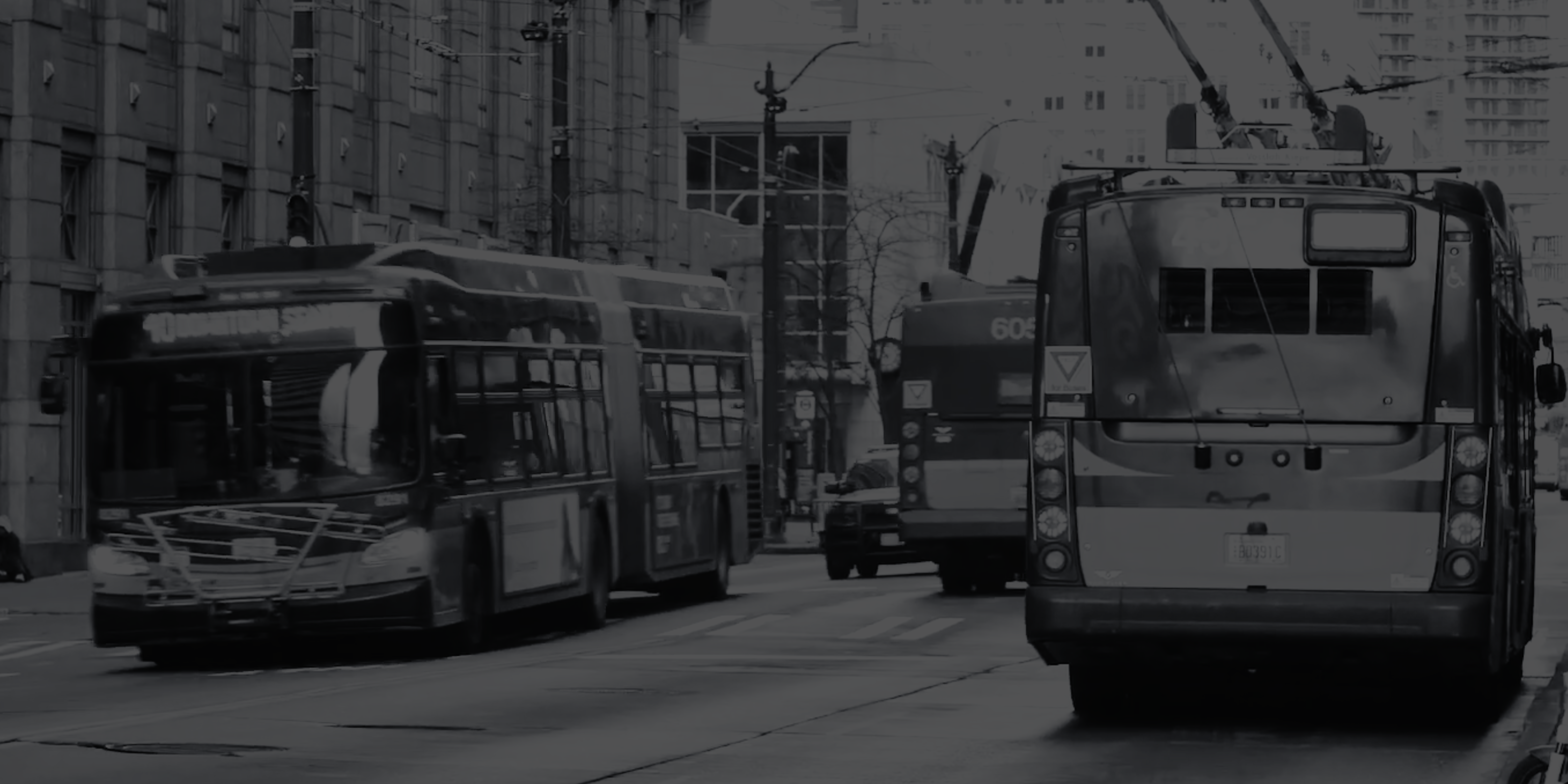Transportation is the single largest source of greenhouse gas emissions in Seattle, accounting for 62 percent of the city’s total climate pollution (City of Seattle; Seattle 2030 District). The built environment plays a critical role in shaping how people move through cities, whether they drive alone, take transit, bike, or walk. The latest version of U.S. Green Building Council’s green building rating system, LEED v5, represents a major shift in how buildings are evaluated for their role in transportation emissions. Where previous versions focused mainly on proximity to transit, LEED v5 embraces a broader, data-driven, and equity-centered approach to mobility.
A New Approach to Location and Transportation
In earlier versions, particularly LEED v4 and v4.1, projects were rewarded for locating near transit and encouraging alternative commuting options. LEED v5 builds on that foundation but pushes much further. It integrates multi-modal transportation planning, emphasizes social equity, and requires measurable performance outcomes rather than just design intent.
Transportation Demand Management (TDM) is central to this shift. Rather than assuming that simply being near a bus line is enough to change behavior, LEED v5 expects projects to actively reduce single-occupancy vehicle trips through strategies like carpool and vanpool programs, flexible work schedules, and targeted commuting incentives.

Micromobility options such as bicycles and scooters are elevated, as is the expectation for robust electric vehicle (EV) infrastructure. LEED v5 also tightens expectations around walkability and transit accessibility, holding projects to higher standards for pedestrian infrastructure and integration with surrounding neighborhoods.

Equity and Measurable Impact
A defining feature of LEED v5’s transportation framework is its explicit focus on social equity. Projects are evaluated not only on their environmental performance, but also on how they interact with their surrounding communities. The system considers proximity to essential services, transit frequency, and local amenities, ensuring that developments contribute to inclusive, accessible neighborhoods. Parking minimums are reduced to discourage car dependence, and projects are required to collect and analyze travel behavior data to show real reductions in vehicle distance traveled.
Together, these strategies reflect a fundamental idea: sustainable mobility is not just about infrastructure; it’s about access, opportunity, and accountability.
How the Credits Work
LEED v5 structures transportation-related credits to align environmental goals with community benefits. Sensitive Land Protection encourages building on less fragile sites to support compact development. Equitable Development focuses on ensuring that new projects strengthen social and economic participation, particularly in historically underserved areas. Compact and Connected Development rewards projects that locate in areas with existing infrastructure, reducing the need for additional car travel.
Other credits encourage targeted actions. TDM plans must outline concrete strategies and track participation over time. EV infrastructure credits promote widespread access to charging stations, preparing buildings for transportation electrification. Sustainable Transportation Performance credits offer a clear way to measure success: projects must demonstrate real reductions in vehicle miles traveled, supported by travel surveys and modeling.

Early Examples and Global Lessons
Several early adopters illustrate what these strategies look like in practice. Ascent MKE in Milwaukee achieved LEED v5 O+M Silver certification by focusing on walkability and access to bike facilities, resulting in higher transit and cycling use among occupants. In Omaha, BranchPattern earned LEED v5 O+M Platinum certification through a strong TDM program and EV charging investments that cut single-occupancy vehicle trips by 15 percent annually. Torre Diana in Mexico City and the International Commerce Centre in Hong Kong both achieved LEED v5 O+M Platinum certification by integrating EV infrastructure, pedestrian-first planning, and strong connections to public transit. Together, these projects demonstrate that LEED v5’s transportation framework is adaptable and effective across different urban contexts.
Seattle’s Opportunity
Seattle is well positioned to leverage these strategies. The Seattle 2030 District has committed to reducing transportation-related greenhouse gas emissions to zero by 2040, aligning with broader city initiatives like the Clean Transportation Electrification Blueprint. LEED v5 offers a practical framework for helping buildings contribute to this goal.
Developers can earn points, and make real impact, by integrating EV infrastructure and comprehensive TDM programs, siting projects in transit-rich neighborhoods, and tracking actual reductions in vehicle miles traveled. Several new Seattle developments, including mixed-use office and student housing projects, are already reflecting these principles through bike-share stations, TDM incentives, and electrification investments.
Making It Happen
For owners, developers, and sustainability professionals, LEED v5 provides a roadmap for turning these strategies into action. Prioritizing infill development within walkable neighborhoods ensures residents have better access to daily needs without relying on cars. TDM plans that incorporate flexible schedules, subsidies, and micromobility can shift commuting patterns. Investing early in EV infrastructure helps future-proof properties as electrification accelerates. And tracking performance data allows teams to demonstrate measurable impact, aligning building performance with climate goals.
A Framework for the Future
LEED v5’s Location and Transportation credit category signals a new era of green building, one where mobility is not a side consideration but a core strategy for climate action and equity. By integrating transportation planning into the design and operation of buildings, LEED v5 enables the built environment to reduce emissions, enhance community connectivity, and advance social equity.
Early adopters have shown that this model is both achievable and transformative. For cities like Seattle, it represents not just a compliance pathway, but a blueprint for building communities where sustainable transportation is the norm, not the exception.
Acknowledgements
This article was informed by resources from the U.S. Green Building Council, Seattle 2030 District, and published case studies from early LEED v5 projects.
About the Author

Darienne Highsmith is the regional market lead for the U.S. Green Building Council in Washington and Oregon. She drives strategic partnerships, community engagement, and industry initiatives that advance sustainable building practices. Based in Seattle, Darienne is passionate about energy efficiency, green building innovation, and supporting local efforts to create healthier, more resilient communities.

